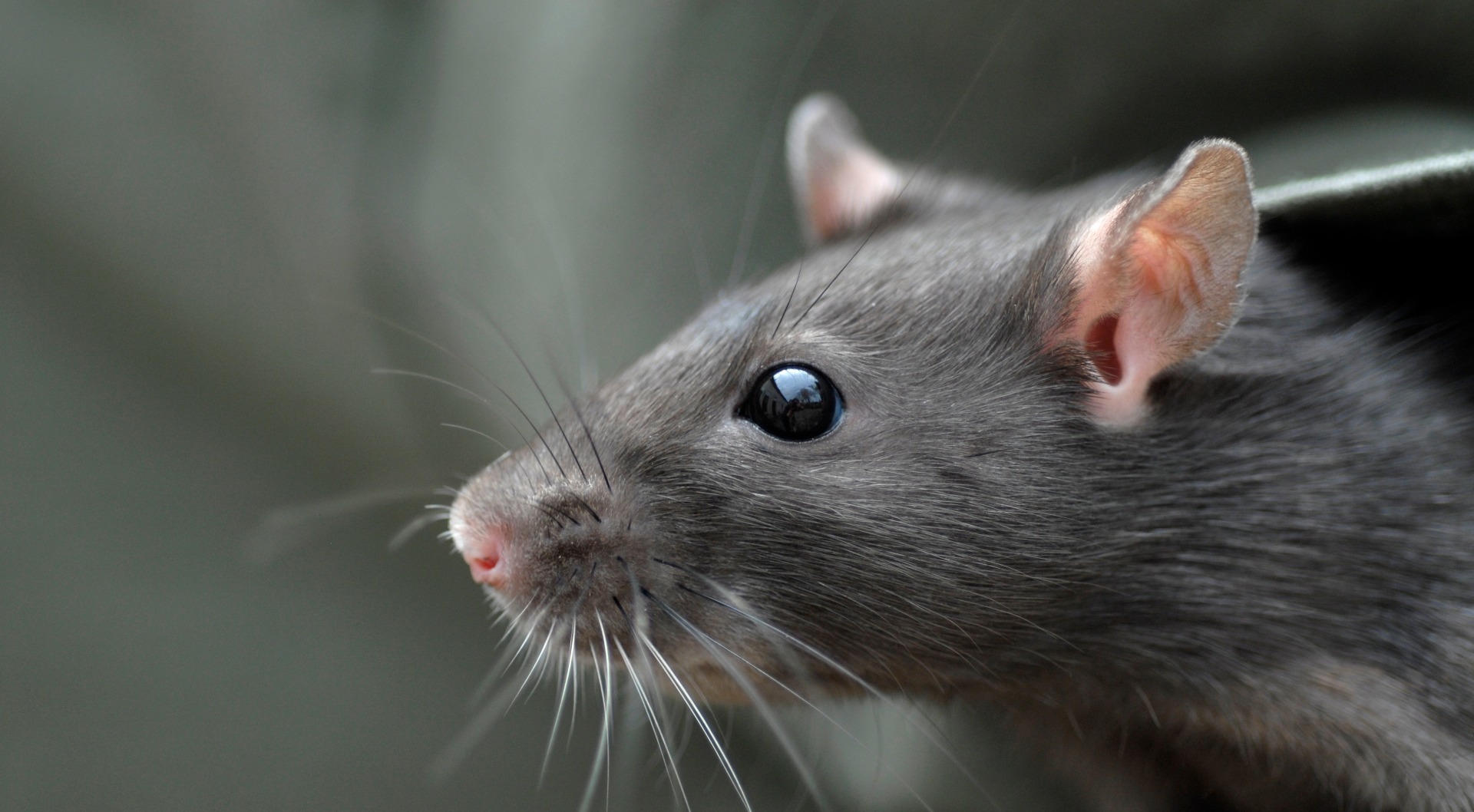Many people have never experienced a rodent infestation and the first time that they experience this, they will often think of the worst outcome – rats! Rats and mice will often get confused with each other and in the Berkshire area we have two species that are important pests affecting homes and businesses – these are the brown rat Rattus norvegicus and the house mouse Mus musculus.
The brown rat; a common pest in Reading, Woodley and Wokingham
The Brown rat or Norway rat as its correctly known, goes by several different names that connect to its environment – the sewer rat, the street rat, the farm rat and the garden rat. These names really describe its habitats and shows how widespread and common the problem is, around the Woodley and the Wokingham area we’ll see rats in all of these places and our rat control treatments differ from place to place.
What does the Norway rat look like?
The Norway rat can grow to a large size, stories of rats being as big as cats are exaggerated and on average they will grow to around 400 mm from the tip of the nose to the tip of the tail with male rats being larger than females.
They are covered in a brown coarse fur which is speckled with darker hairs and gradually lightens to a grey colour as you near the underside; although its not uncommon to find wild rats with white patches and its thought that this is a throwback from escaped tame ‘fancy’ rats that have bred into the wild population.
Rat ears and tails are bald, the rats tail takes on a scaly appearance and will be shorter in length than the body and the ears of the rat are quite small; if you were to pull the ear flat to the head it would not cover the eyes.
This is a young rat; these can be easily confused with house mice as the colourings and size are similar.

In this picture of an adult rat head; notice the pointed snout and the bald ears.
The house mouse, a pest problem throughout the Reading area
House mice tend to be less common as a problem in Woodley and Wokingham but they do appear in the Reading area, as a pest internally they can be much harder to eradicate than rats. House mice have evolved to live permanently inside buildings and this is shown by comparing the eyes of a house mouse to its near relative the field mouse. House mice have smaller eyes as they have adapted to living in an artificially lit environment, they are smaller than a rat measuring in at around 125 mm to 200 mm in length from nose to tail.
The house mouse also has the pointed snout just like the rat, but its ears are large and rounded, the tail is long and covered in fine hairs. They’re colouring is like the Norway rat and this is where the confusion sets in, house mice tend to be a greyer shade with a lighter underbelly.
Other types of mice that are a problem in Woodley and Wokingham
The most common rodents that we deal with in Woodley and Wokingham are field mice; this is a semi-rural area and these mice live in parks, gardens, open spaces, and on farmland throughout the region. The term field mice covers a range of different animals which will all find their way into garages, sheds, homes, and businesses in Berkshire becoming a serious pest as they do so, we say pest but we have to differentiate between house mice and field mice.
The main difference between the two groups is how we treat them, when you pick up a box of rat and mice killer it neglects to say in bold letters that its only for use on the house mice, it is not legal to use this product for the control of field mice
This is because house mice will generally live and then die within the building that its infesting, field mice will take the rodenticide and leave the property; when these mice are eaten by owls and other raptors the poison contained within the animal causes secondary poisoning to the predator.
Mouse trapping in Reading, Woodley and Wokingham
We will always trap field mice and trapping is our preferred method of eradication for all rodent species whether its rats or mice; poisoned rodents will, and do die inside buildings and when this happens, if the body is not found and removed it will rot inside giving off noxious smells and attracting blowflies.

Rats in a garden in Woodley
"Outstanding service. Tony arrived to discuss my rat situation within 2 hours of phoning him. He is very knowledgeable about rat behaviour and was therefore able to position bait boxes in the optimum positions. He also surveyed my garden and the exterior of my house to ensure that rats couldn't gain entrance to my house or loft. He gave sensible and realistic advice as to changes I could make to try and ensure once we got rid of the rats they wouldn't be back. Tony takes his responsibility to birds and other mammals very seriously, reducing the impact of bait as much as is feasibly possible. The treatment plan has taken four weeks but we are now completely rat free. I would not hesitate to recommend."




